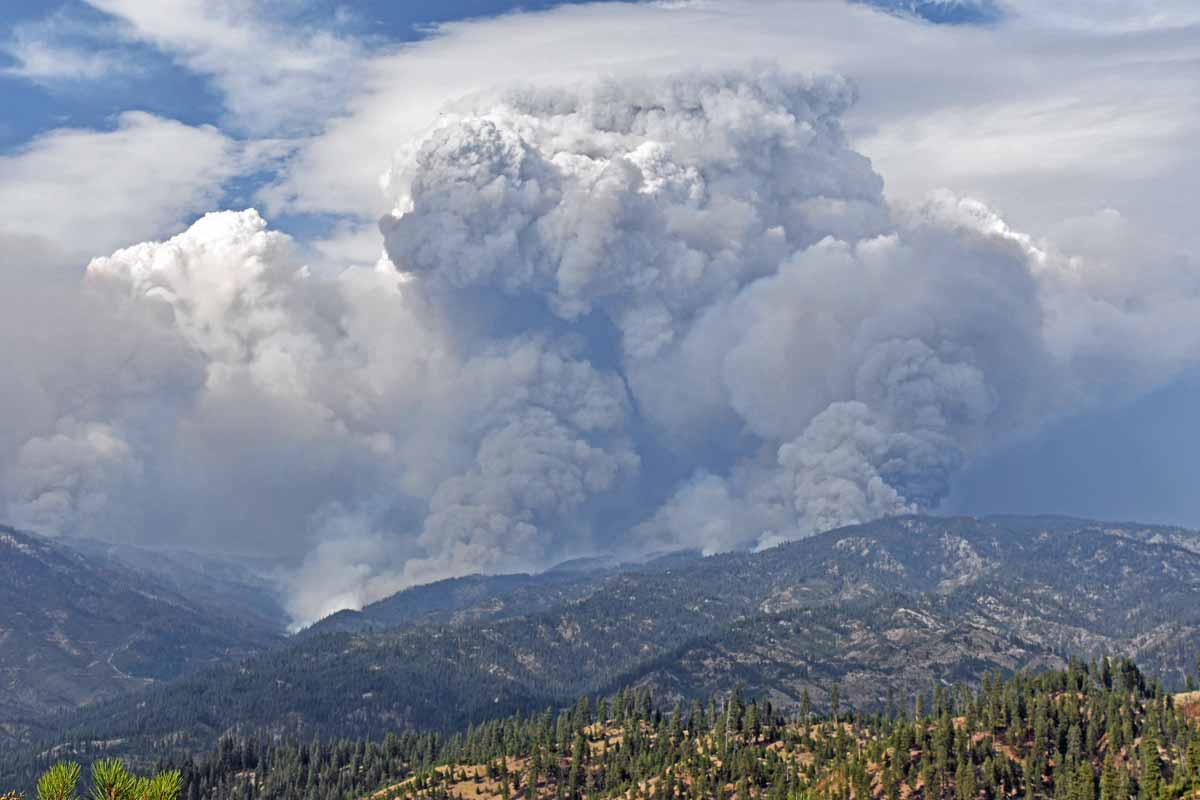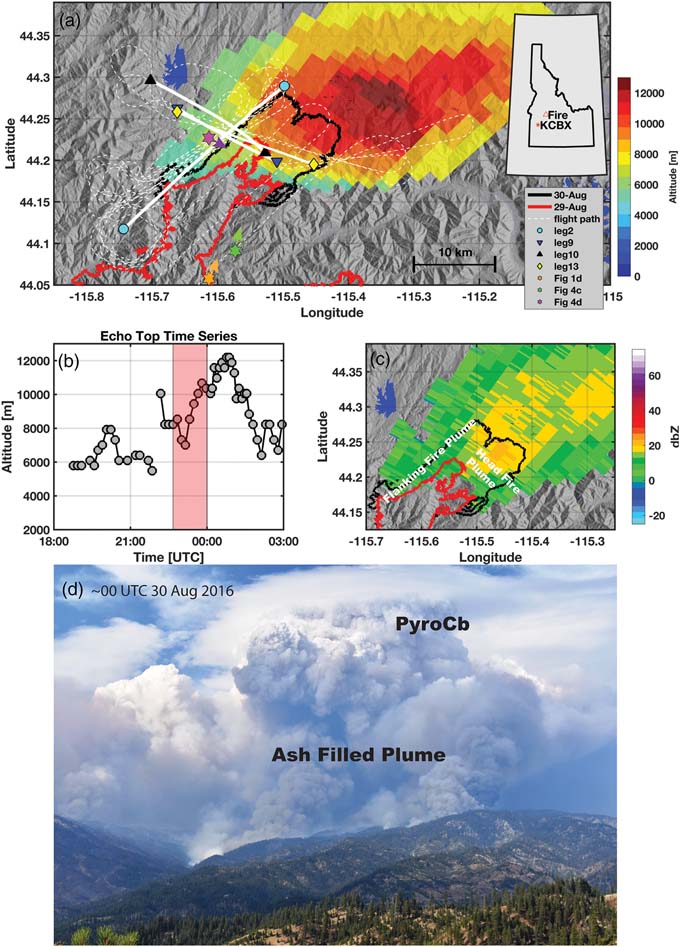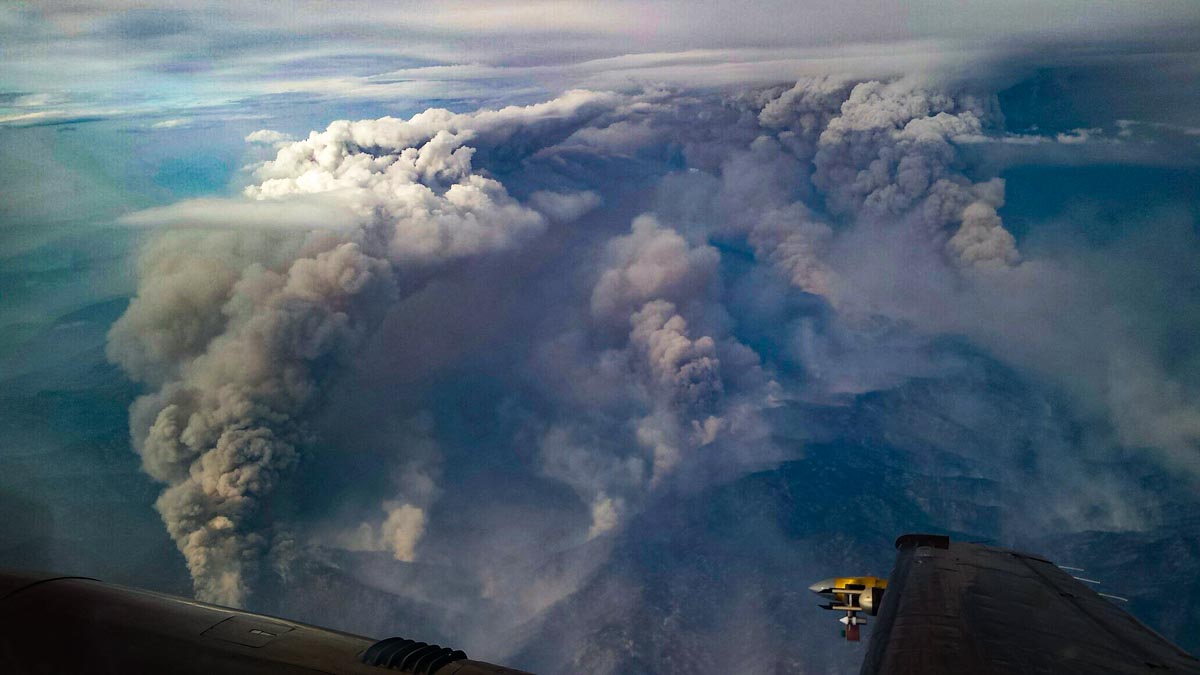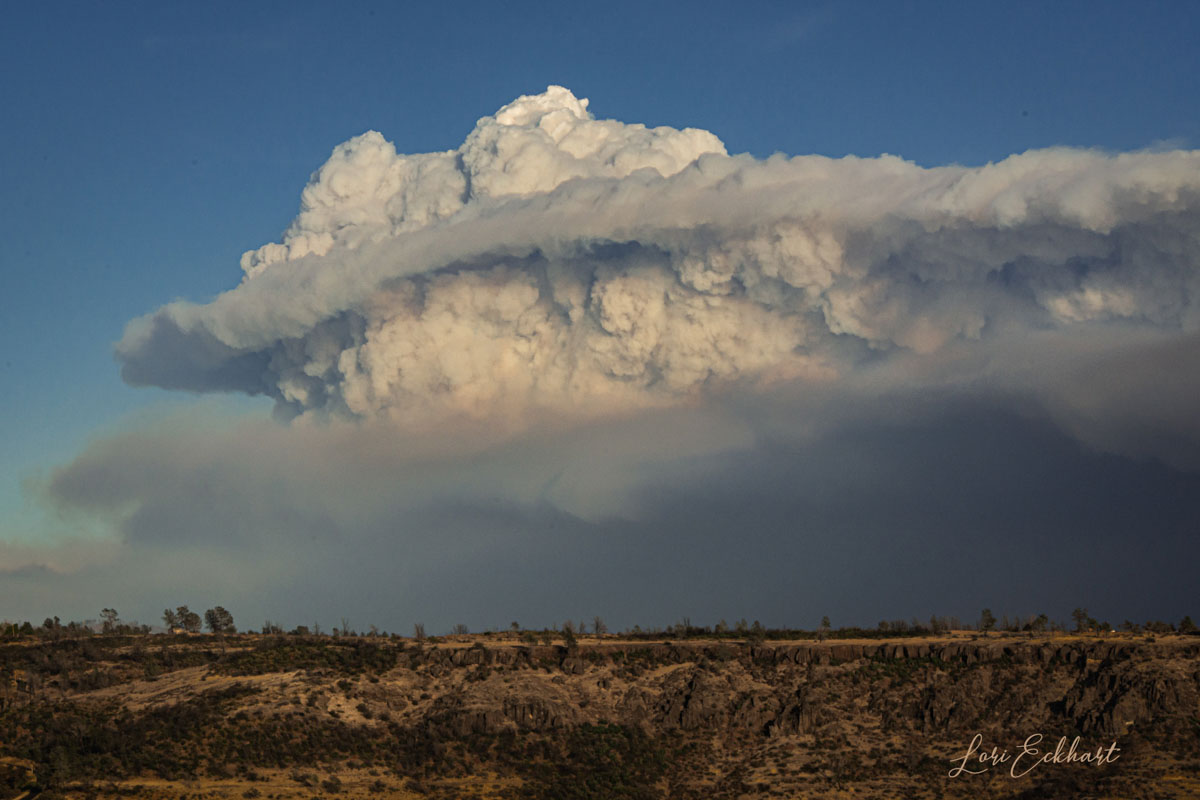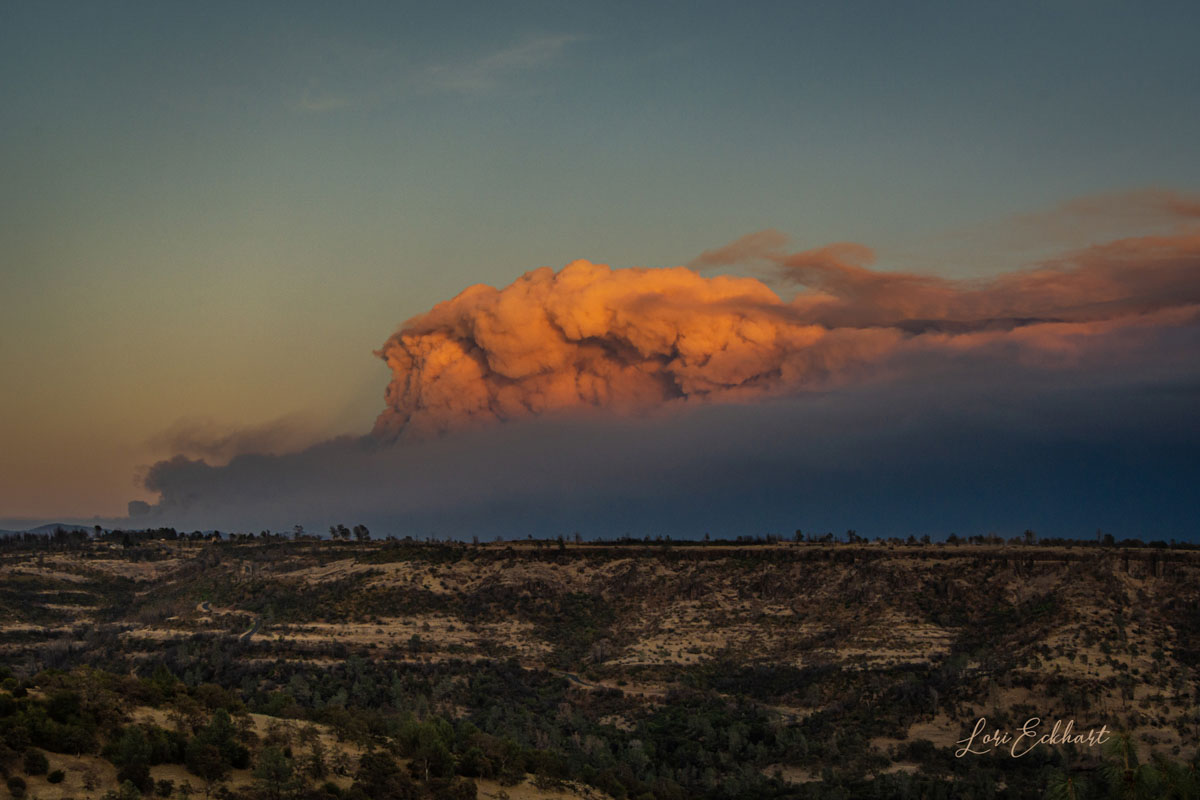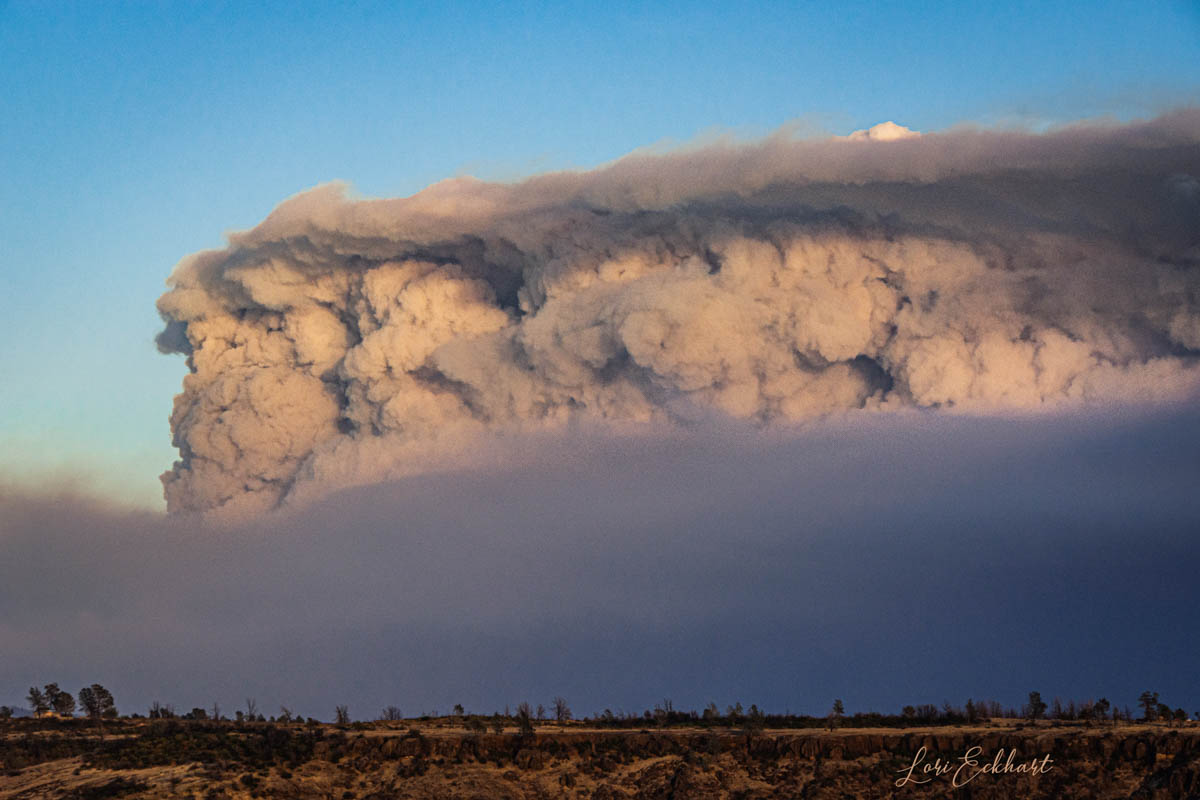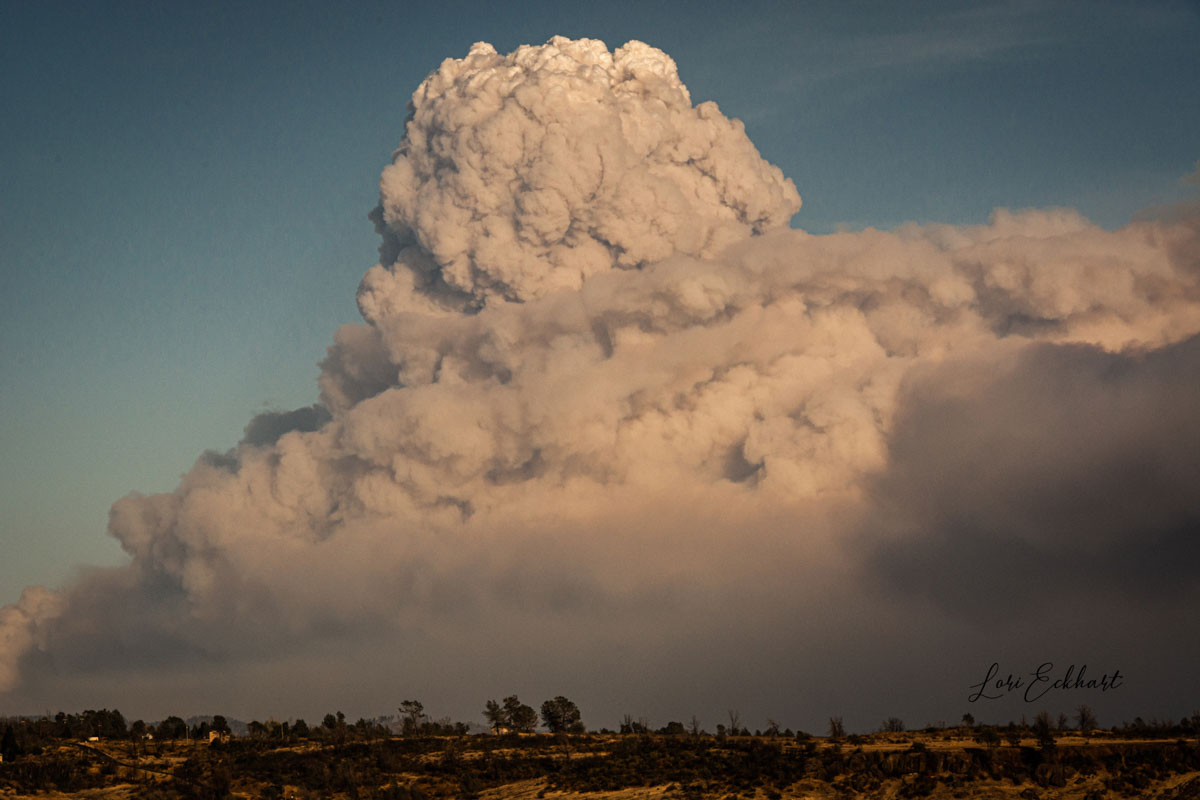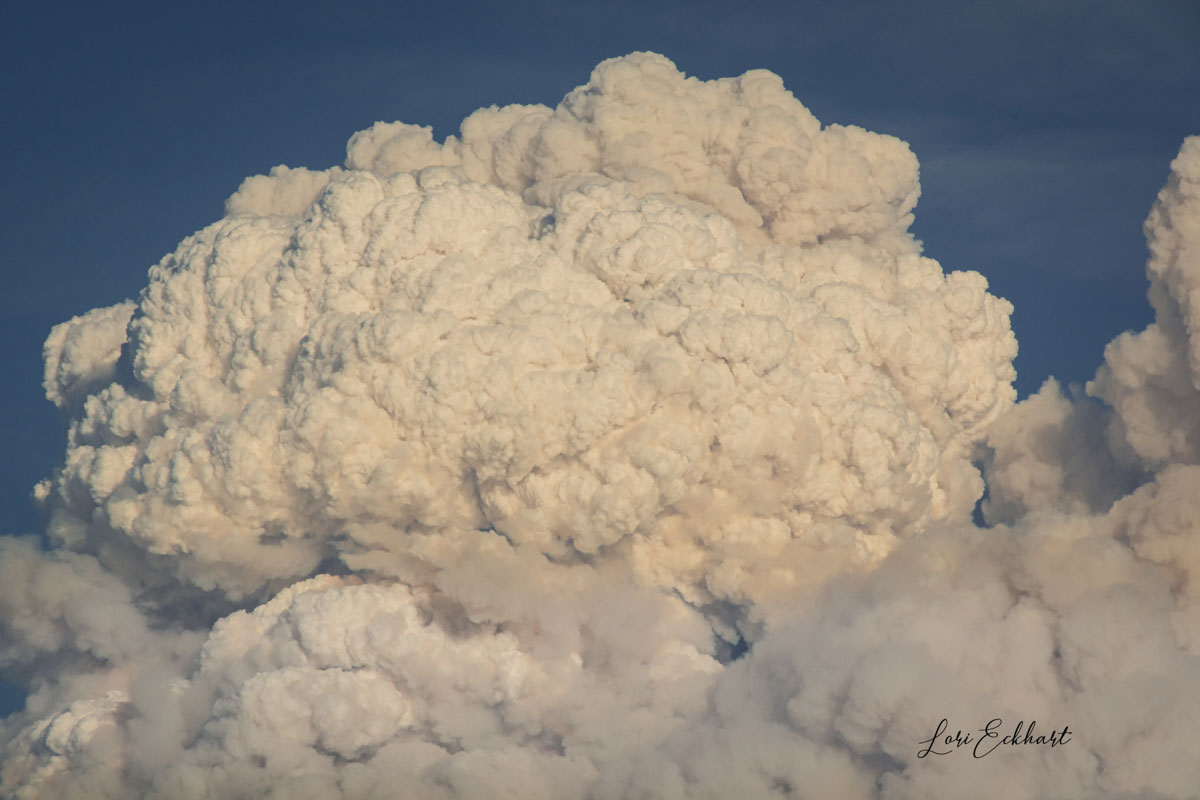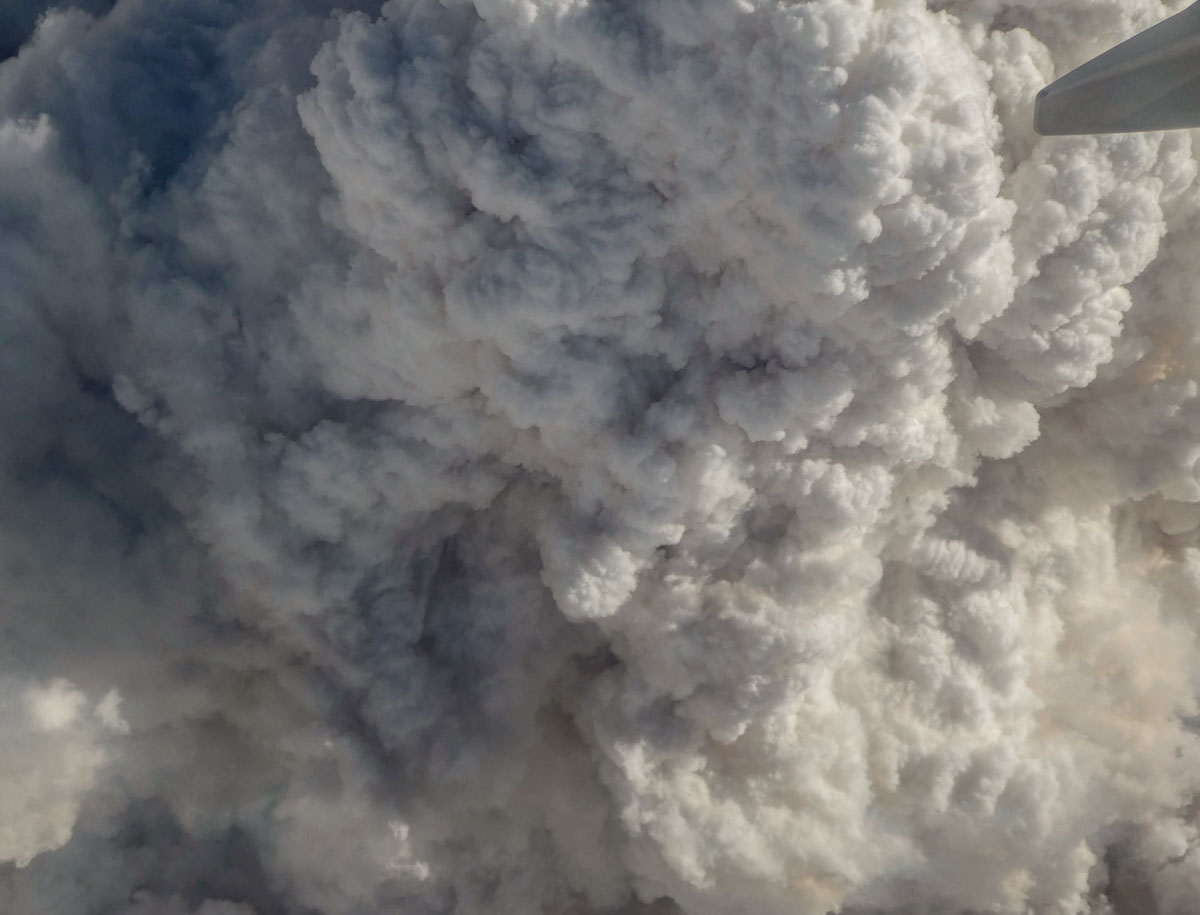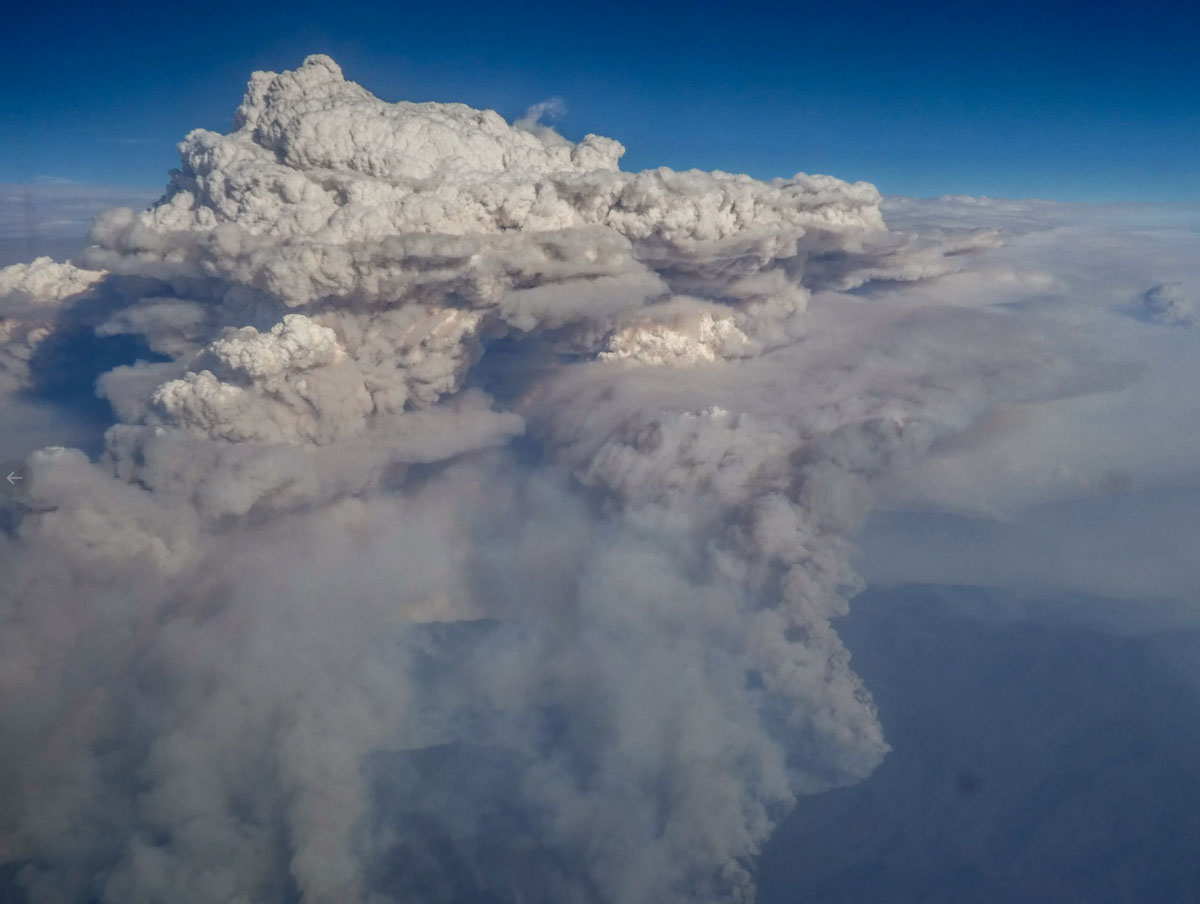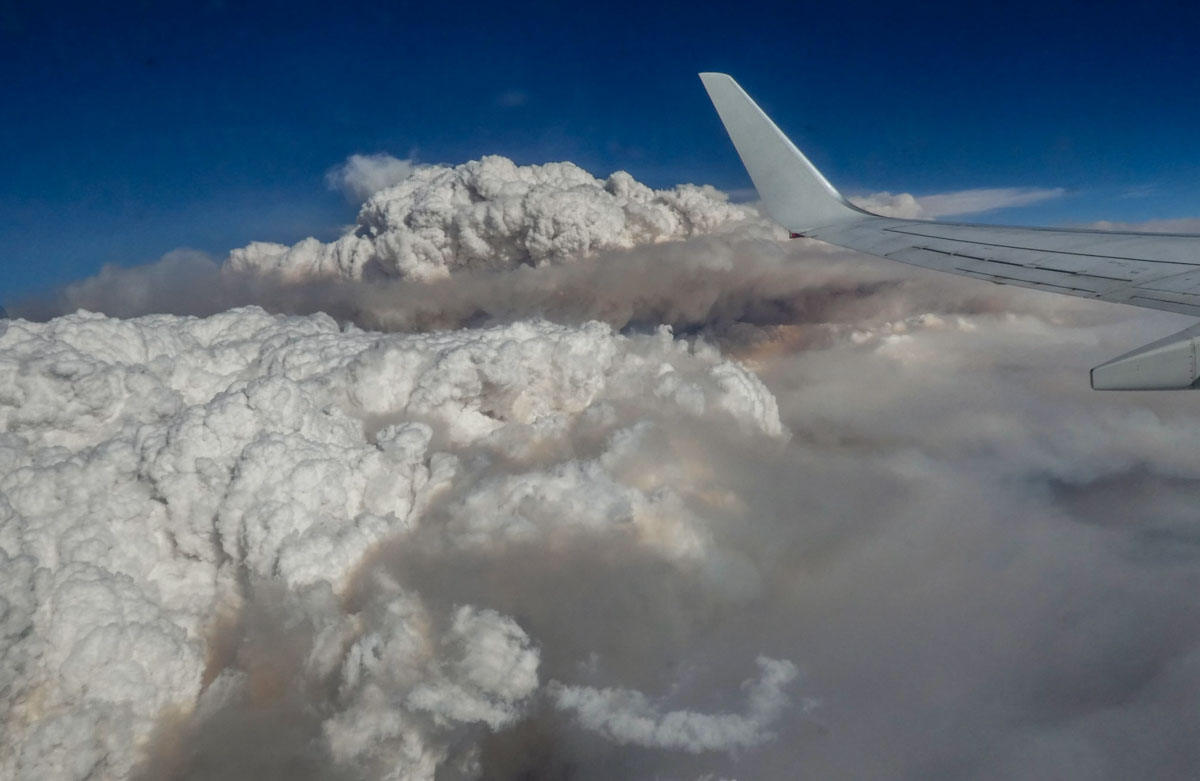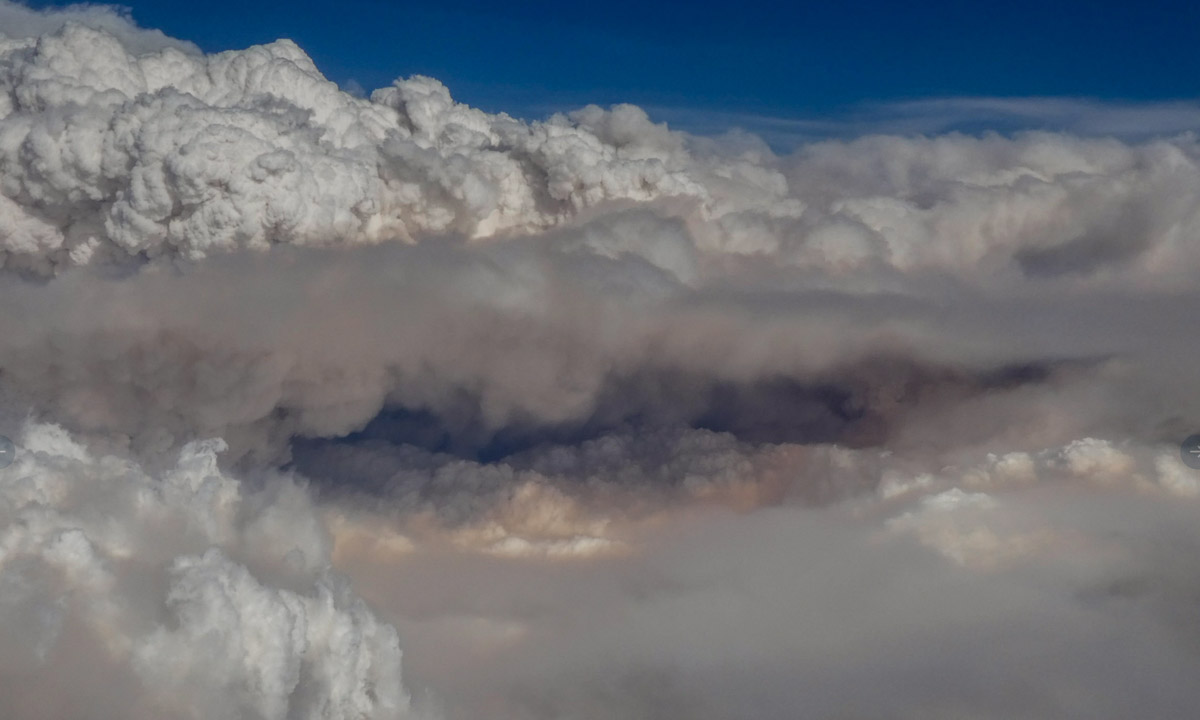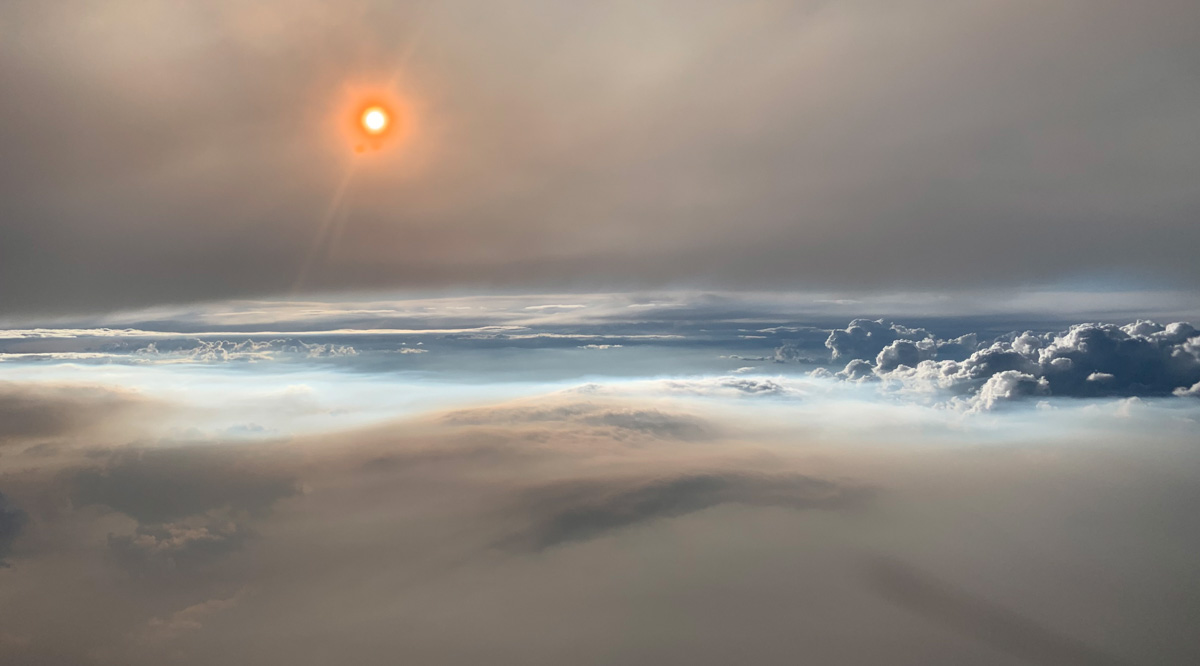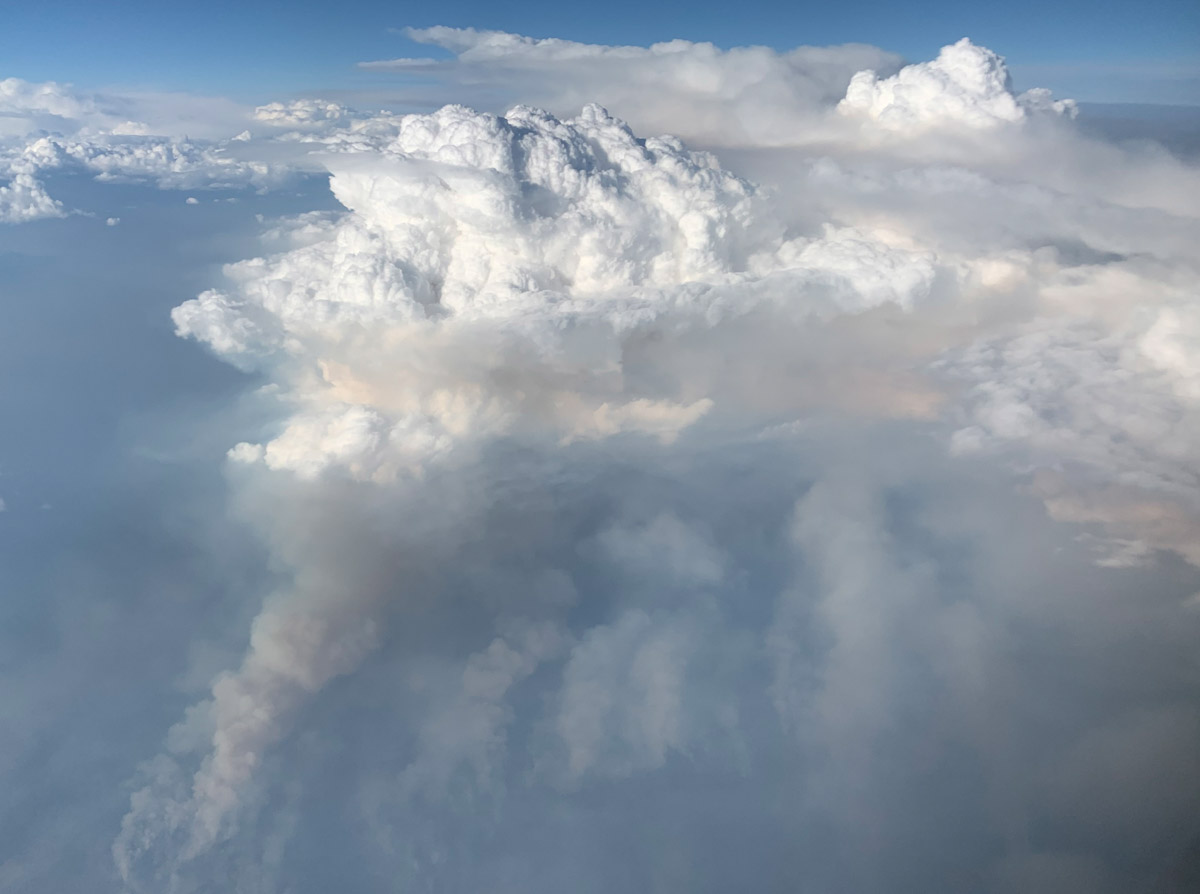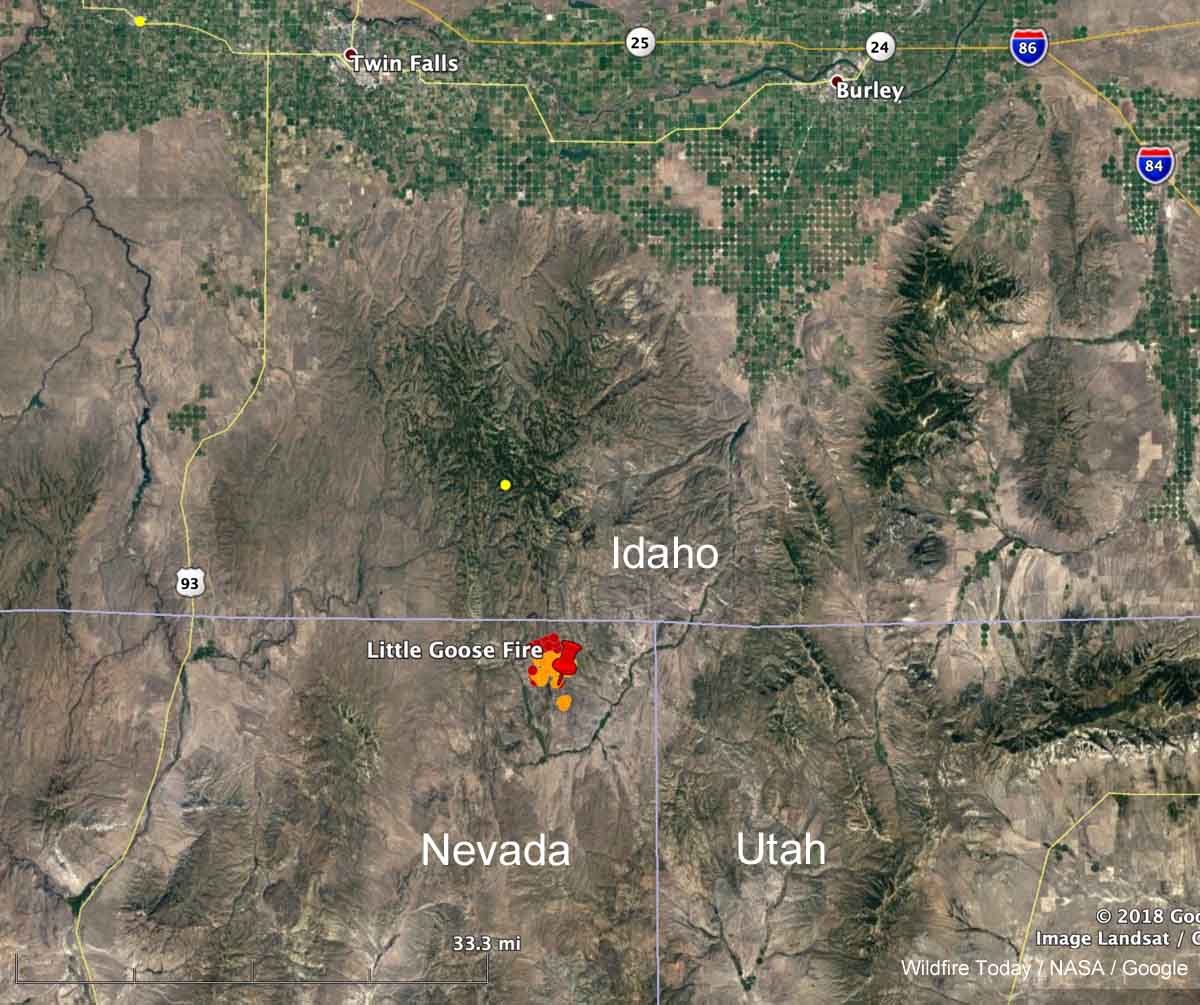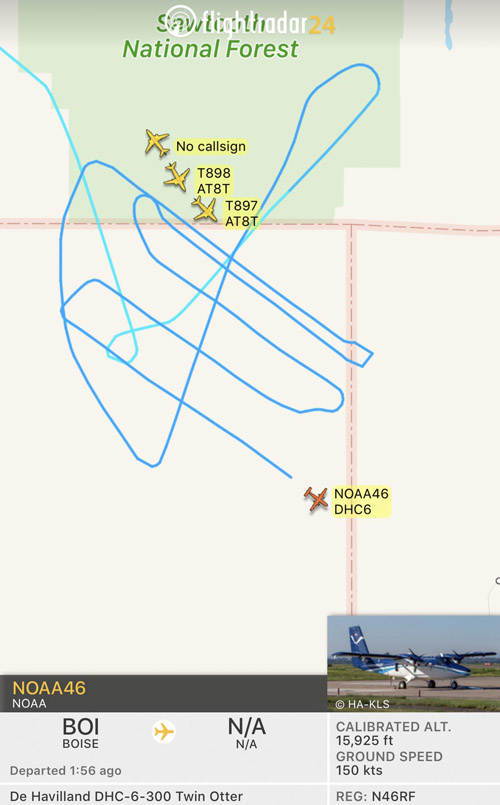A video that claimed to show a rarely-seen wildfire phenomenon went viral in August. Now, researchers have confirmed its legitimacy.
An “extensive investigation” led by researchers at Western University’s Northern Tornadoes Project in Ontario started after the video of a vortex above British Columbia’s Gun Lake was shared by numerous news outlets after it was recorded on August 18.
“The Northern Tornadoes Project has been investigating this event since that time — very carefully, given this was potentially the first fire-generated tornado that we have recorded,” researchers said.
Researchers first confirmed the location and date of the video, then had to determine whether the vortex shown in the video met the definition of a tornado. The project was able to determine the tornado’s validity through multiple visual indications from the recording, including the presence of a spray vortex at the base of the tornado, how the vortex formed and the position of the vortex over the fire, all of which matched the scientific research related to fire-generated tornadoes.
“Though the terminology in this area of science is still developing, it should be pointed out that this intense vortex was not a brief, fire-filled ‘fire whirl‘ but an actual tornado that is sometimes referred to as a pyrotornado,” the researchers said. “This is the first such fire-generated tornado recorded by [the Northern Tornadoes Project], and appears to be the most thoroughly documented fire-generated tornado so far in Canada.”
The researchers confirmed that, yes, the event is classified as a tornado. The full extent of the damage from the tornado isn’t yet known, but the project says evidence is trickling in slowly.
The pyrotornado isn’t the only one that’s been thoroughly studied. The “world’s first wildfire tornado” was captured on video in 2003 during a wildfire outside of Canberra, Australia. The fire destroyed 500 homes and killed four people. The damage was worsened when the pyrotornado emerged.
“The Canberra fire tornado of 2003 was rated an EF3 on the Enhanced Fujita Scale, with horizontal winds of 160 miles per hour, roughly equivalent to a Category 5 hurricane,” an article from Smithsonian Magazine reads. “As the first documented example of its kind, it was a milestone — another harbinger of 21st-century fire.”
A similar event was recorded during the 2018 Carr Fire in Redding, California, dubbed “the most destructive fire in National Park System history.” The fire destroyed 1,614 structures, killed seven people, and burned 229,651 acres. The fire also has a place in history for the pyrotornado it generated, which has since helped forecasters’ and scientists’ ability to identify future fire-generated tornadoes. NOAA researchers studied the pyrotornado, which had many similarities to the Gun Lake tornado.
“A key factor in the vortex formation was the development of a fire-generated ice-topped cloud (i.e., a pyrocumulonimbus), which reached as high as 12 km aloft,” NOAA said. “These observations will help forecasters and scientists identify, and potentially warn for, future destructive fire-generated vortices.”
A video that claimed to show a rarely-seen wildfire phenomenon went viral in August. Now, researchers have confirmed its legitimacy.
An “extensive investigation” led by researchers at Western University’s Northern Tornadoes Project in Ontario started after the video of a vortex above British Columbia’s Gun Lake was shared by numerous news outlets after it was recorded on August 18.

